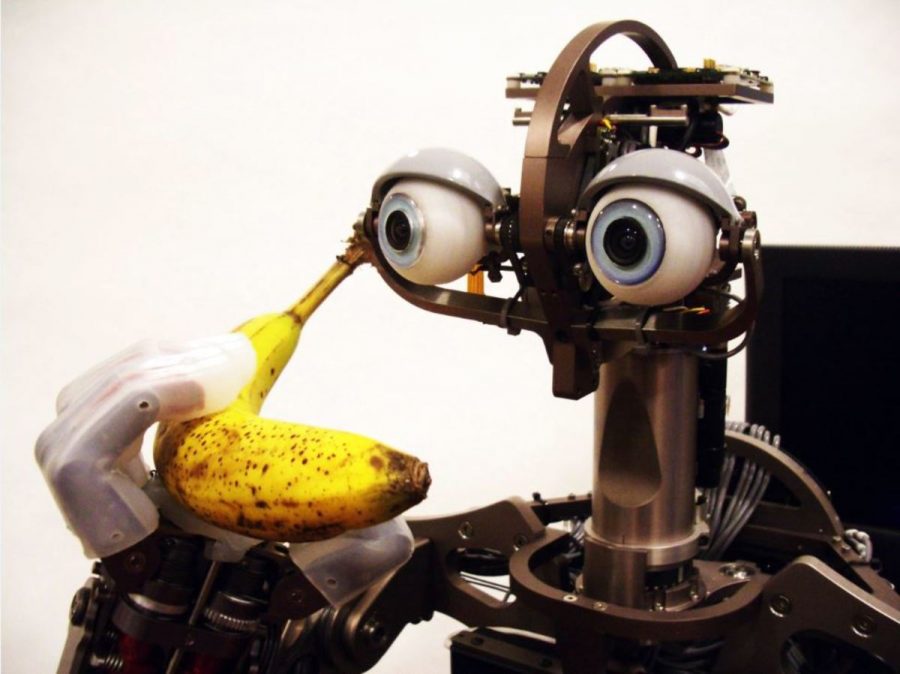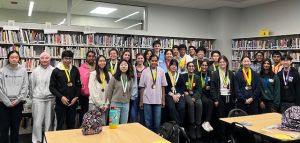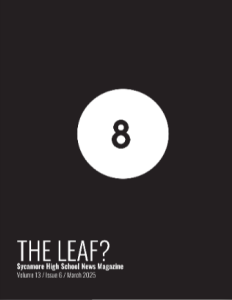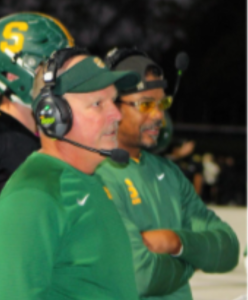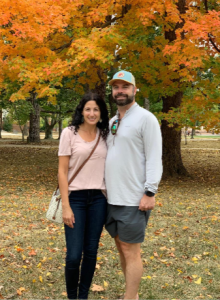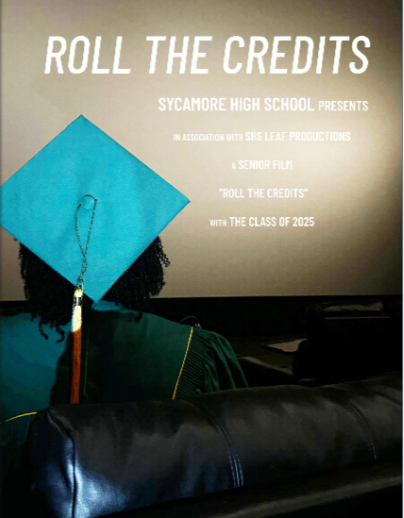Artificial intelligence makes it mark
Computer could pass high school geometry
Technology has continually advanced, especially in the last decade. It is unknown what new advancement could come next. People are constantly creating new innovations that show what people are capable of achieving.
October 26, 2015
Recently, the Allen Institute for Artificial Intelligence (AI2), a research organization funded by Microsoft co-founder Paul Allen, released information about an artificial intelligence system capable of answering geometry questions on the SAT nearly as well as the average high school student.
The system, called GeoS, correctly answered 49 percent of the questions given.
According to Fortune, the institute said in a statement, “If these results were extrapolated to the entire Math SAT test, the computer roughly achieved an SAT score of 500 (out of 800), the average test score for 2015.”
The astonishing part? GeoS was not given the problems in special coding. Instead, the system read them straight off the paper and interpreted them in the same manner as a human student.
It uses the diagrams and text to create the best logical expressions of the problem, which is then sent to a geometric solver to solve. Then, it compares the answer to the multiple-choice options for a match.
According to the University of Washington’s website, AI2 CEO Oren Etzioni said, “Much of what we understand… is not explicitly stated… Creating a system to be able to successfully take these tests is challenging, and we are proud to achieve these unprecedented results.”
Much of the latest artificial intelligence advances are really advances in detecting patterns. What sets GeoS apart is that the system actually tries to make sense of the data it’s fed.
Not only does it analyze what it “sees,” but GeoS then applies it to what it “knows” about geometry to figure out what the question is asking.
As simply put by Fortune, “While a typical computer vision algorithm could tell you whether an image was of a geometric diagram or, say, a guitar, GeoS is actually trying to understand the diagram.”
Alli Farhadi, an assistant professor of computer science and engineering at the University of Washington and research manager at AI2, told The Washington Post, “Our biggest challenge was converting the question to a computer-understandable language.”
“One needs to go beyond standard pattern-matching approaches for problems like solving geometry questions that require in-depth understanding of text, diagram and reasoning.”
A paper titled “Solving Geometry Problems: Combining Text and Diagram Interpretation” outlined the research done, a collaboration between AI2 and the University of Washington Computer Science and Engineering department.
In the reported tests, GeoS failed to come up with a solution for the questions nearly half of the time. But when it was confident enough to answer, the system had a 96 percent accuracy rate.
Sophomore Melinda Looney-Ho said, “It’s so amazing to see what people have been capable of doing. There are so many cool new ideas and inventions that have been introduced, just in the past decade.”
“Who knows what the future will hold, at least in the field of technology?”
Researchers say that this creation could be a baby step to a potential replication of human intelligence.
Looney-Ho said, “I feel like we are in our own dystopia movie, the ones with all the super-human technology and robots. Things that we once never thought were possible all of a sudden seem just within reach.”
“This is just an eye-opener to the capabilities of people in our society.”


